Key Takeaways
- Google Chrome is the most popular browser, known for simplicity and leadership in extensions.
- Microsoft Edge, based on Chromium, offers unique features for enthusiasts and power users.
- Chrome’s hassle-free approach suits those who prefer a no-frills browser experience.
Web browsers are our gateway to the internet and probably one of our most-used apps. While always popular, their use has skyrocketed with the advent of web-based apps and cloud storage because they offer the same functionality as PC-based programs without requiring downloads or installations.
Related
I use these 7 Google Chrome extensions to improve my productivity
Take advantage of Google’s vast ecosystem and upgrade your Chrome browser with these seven productivity extensions.
Modern browsers have evolved into fully-fledged productivity tools with many extensions and AI tools to enhance their capabilities. They also offer built-in password managers and can synchronize across your laptops and phones so you can access your browsing history and favorites anywhere.
Simply put, Google Chrome has the lion’s share of the market because of its simplicity, but Edge has some unique features that make it worthwhile.
After extensive use, I’ve compared Google Chrome directly to Microsoft’s Edge to see which of these popular browsers is best. And simply put, Google Chrome has the lion’s share of the market because of its simplicity, but Edge has some unique features that make it worthwhile. Read on for more.
-
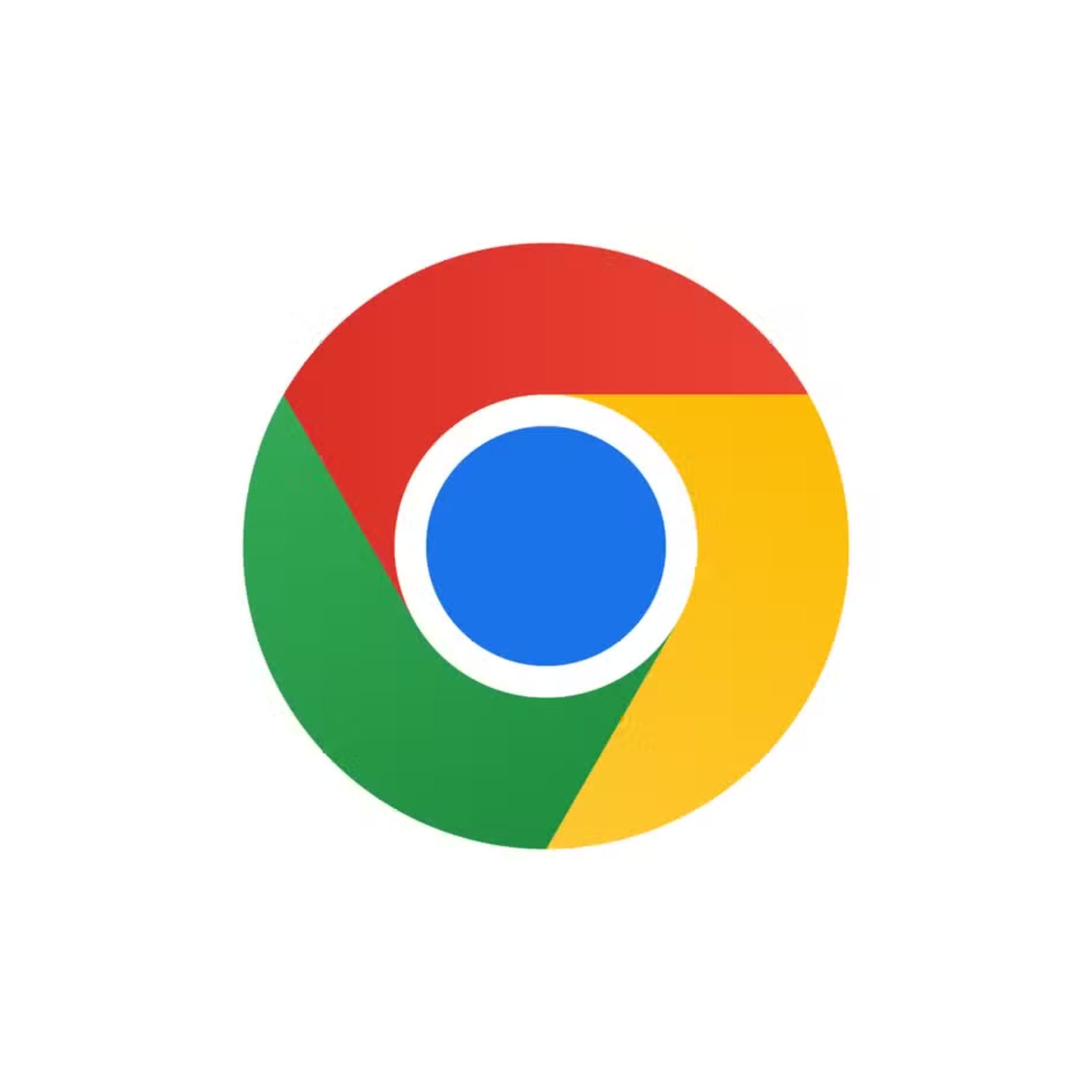
Google Chrome
Love it or hate it, Google Chrome is the biggest web browser in the world. The app features personalized news articles, quick links to your favourite sites, downloads, Google Search and more.
-
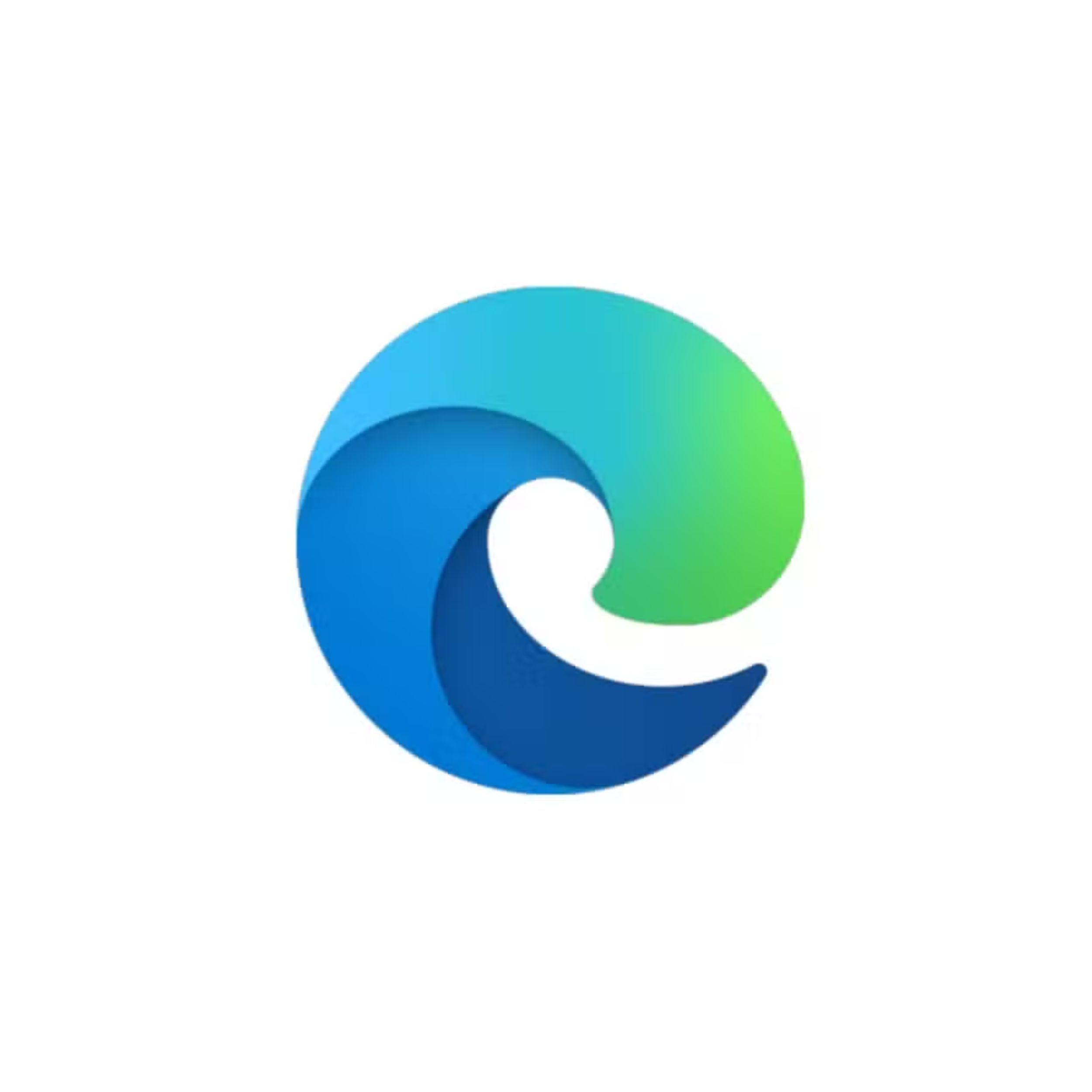
Microsoft Edge
Microsoft Edge is the preinstalled browser on Windows 11. It’s built on the same Chromium platform as Google Chrome and can access the same extensions.
Price, availability, and release date
Both apps are free to download and work on most devices. Microsoft Edge is the default Windows 11 browser and is also available as a downloadable app on Android phones and Chromebooks. On the other hand, Google Chrome is the preinstalled browser on Android devices, and it’s also the most popular browser on Windows computers despite being a third-party app.
Microsoft’s Internet Explorer was once the world’s dominant web browser. However, by the early 2010s, it had become outdated and couldn’t compete with Google Chrome, which was still considered the new kid on the block. The company released Edge in 2025 as part of the Windows 10 and Xbox One rollouts to modernize things and reclaim its market share.
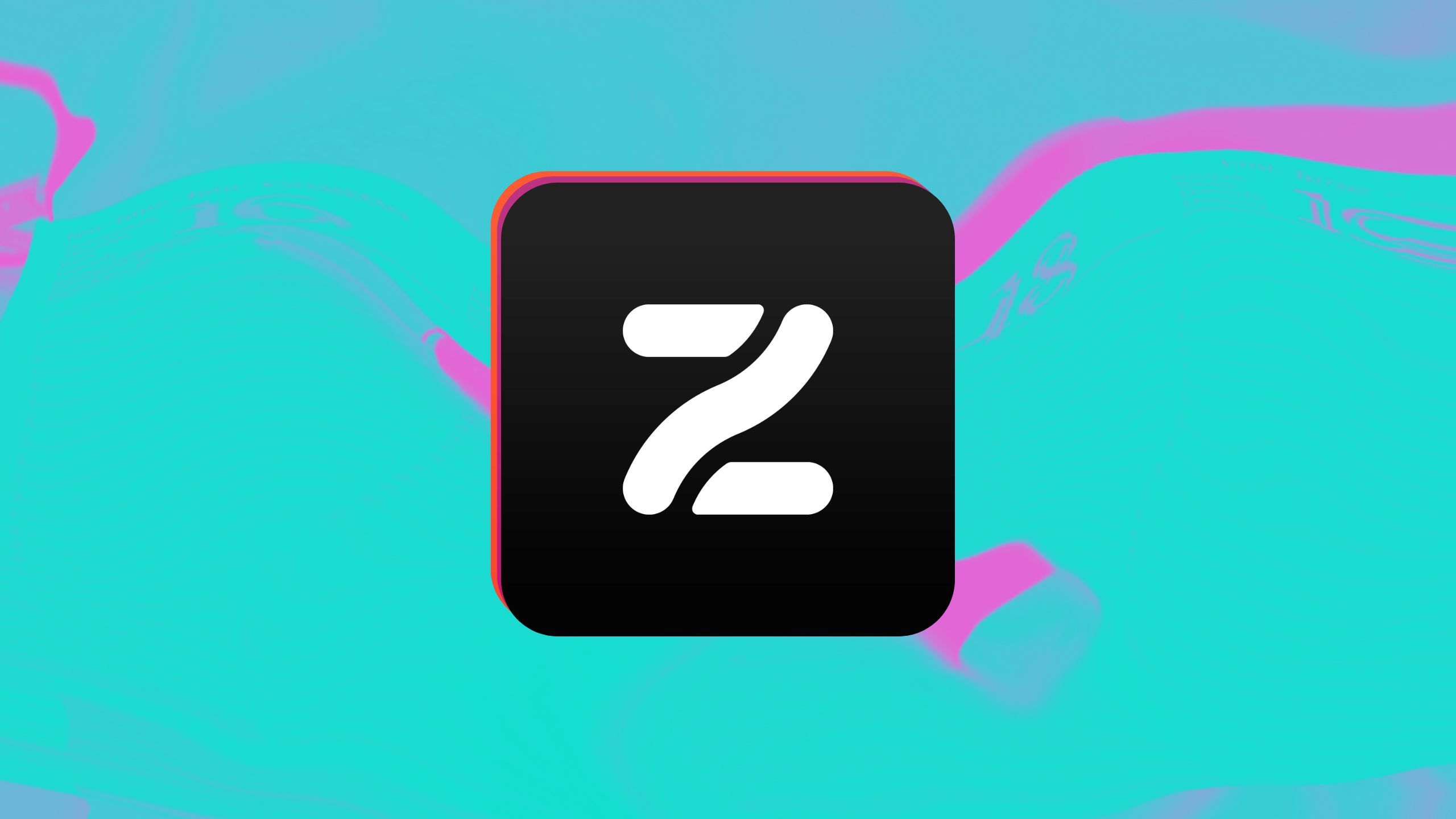
Related
I used Zen Browser for a week and I don’t think I’ll be going back to Chrome
There’s a new browser on the block, and it ain’t Chromium.
The first iteration of Edge, based on Microsoft’s EdgeHTML engine, didn’t resonate with customers and was scrapped just five years later. The new Edge, released in 2020, marked a shift away from the EdgeHTML engine to the open-source Chromium, developed by Google. Shifting the new engine brought massive benefits, like access to Chrome extensions, improved compatibility with most devices, and a common web standard for developers to follow.
While nowhere as popular as Chrome, Edge is making inroads and has numerous fans thanks to its advanced user options and Microsoft Co-Pilot AI integration. At the time of writing, Edge’s market share is estimated to be between five and seven percent, depending on the sources, but it is growing in certain territories.
Chrome is America’s most popular browser, with a 49% market share, followed by Apple’s Safari at around 32%. However, this wasn’t always the case, and Chrome fought an uphill battle against heavyweights Apple and Microsoft to become the preferred choice on their devices.
The first version of Chrome was released for Windows in 2008, followed by Linux and macOS versions in 2009. It runs on Google’s Chromium engine, which was initially based on Apple’s Webkit Engine, but now runs on the inhouse Blink engine as its foundation.
Chrome is known for having a simple yet effective layout and accurate searches from its search engine. It pioneered features that most browsers later adopted, like combining the search box and address bar and the New Tab feature to manage your open websites. Chrome was also the first browser to introduce bookmark syncing across devices and extensions to enhance its functionality.
Performance tests to see how they run
Benchmarks for speed, rendering, and other functions
So, how do these rivals perform in head-to-head competition? It’s time to get the obligatory speed tests out of the way before moving on to more interesting aspects of each browser.
JetStream 2
JetStream 2 tests browser speeds and issues a benchmark score based on how smoothly they run and how fast they start up and execute code. In this test, Chrome scored 257,648, with Edge coming in slightly lower at 224.774.
Speedometer
Speedometer measures the responsiveness of web apps on browsers. Chrome scored 208 on this test, followed by Edge with 198.
MotionMark
MotionMark is a benchmark tool for measuring how fast your browser can render images at a target frame rate. Edge scored 928.64 @ 144 fps and 2002.77 @ 60 fps. On the other hand, Chrome scored 376.85 @ 144 fps and 1154.43 @ 60 fps.
So, what do these scores mean? Edge has an advantage in some areas, while Chrome wins in certain areas. In the real world, these scores won’t make much difference if you have a decent computer and fast internet speeds.
Memory and CPU usage
For this test, I measured my CPU and memory usage with no browser windows open against usage with 20 windows open in each browser. I tested the browsers separately but used the same links to web-based apps, YouTube, and other sites I frequently visit.
Task manager showed around 4% CPU and 49% memory usage with no open browsers. It increased to around 5% CPU and 73% memory usage with 20 Edge tabs open. Chrome was a bit higher at around 7% CPU and 76% memory usage with 20 tabs open. Edge won this test by the tiniest of margins, but the difference between them isn’t enough to worry most users.

Related
10 Google hacks I use to customize and speed up my browser
Google Chrome is one of the most popular browsers in the world, and yet, because we use it so often, we often forget what it can do.
Extensions improve the way you work
The slight difference isn’t enough to worry about
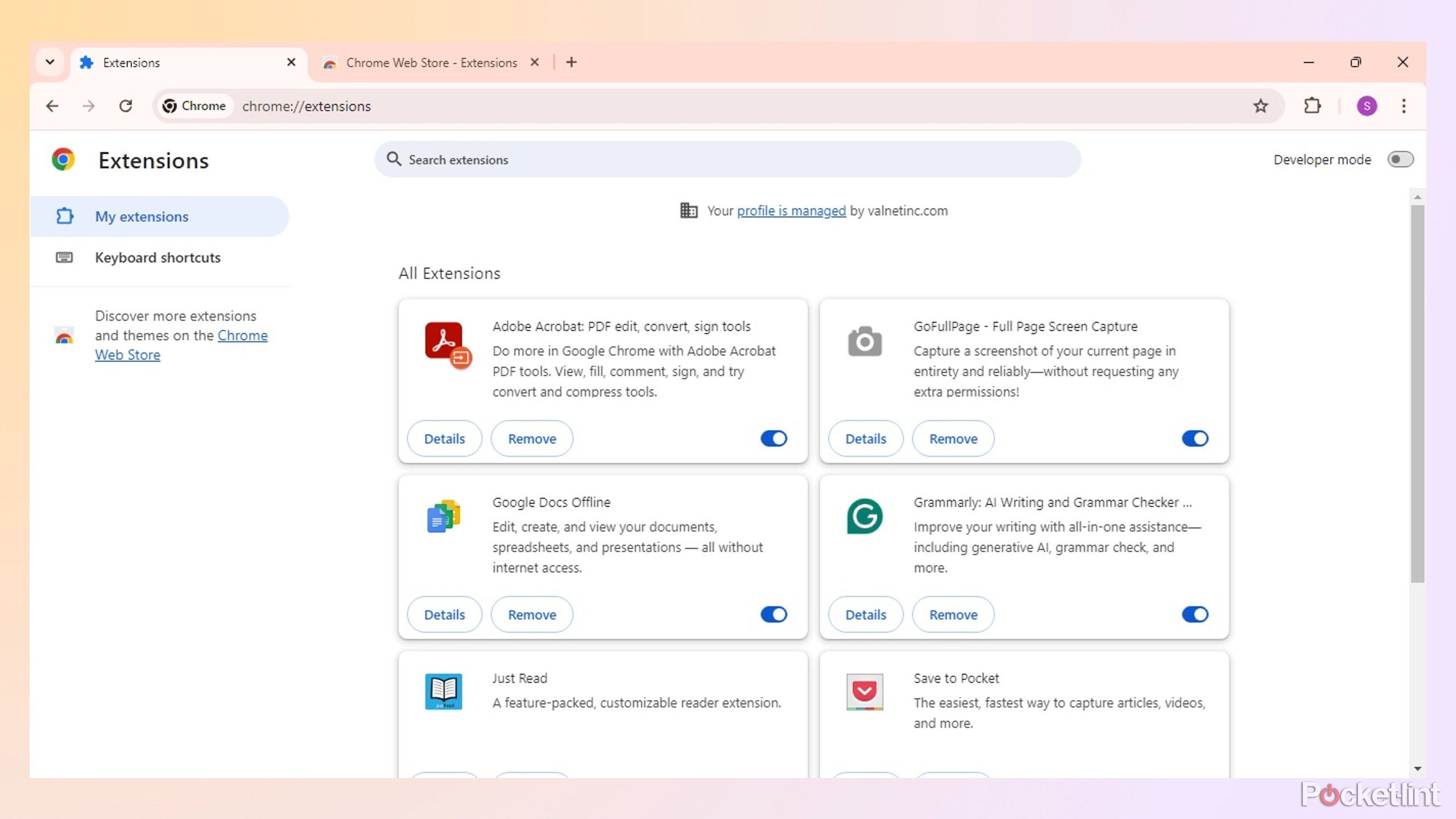
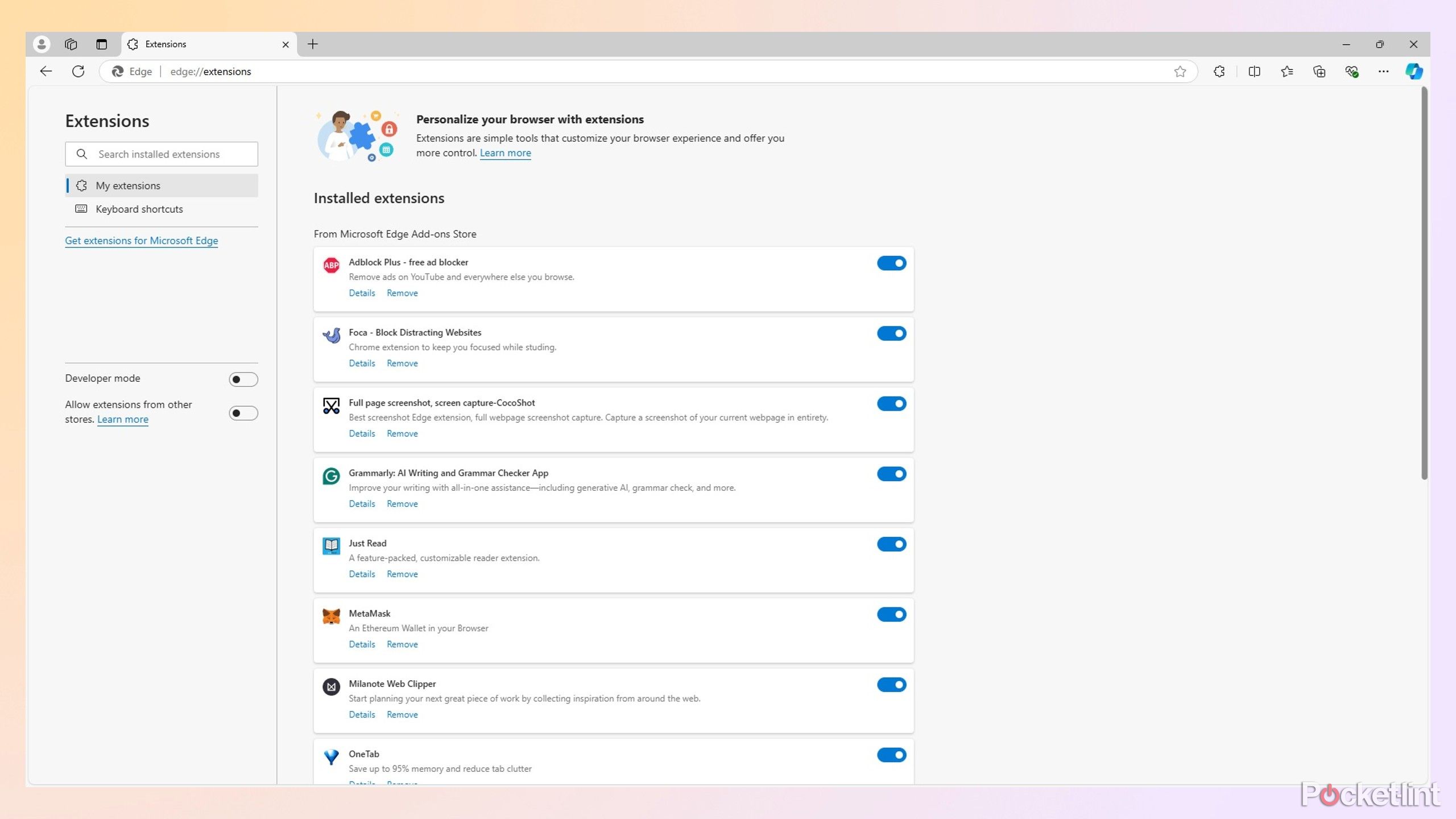
Extensions can make or break the browser experience because of their utilities. It’s no secret that Google Chrome is the industry leader in extensions, with over 135,000 available in 2024. Now that Edge uses the Chromium engine, it’s leveled the playing field and can use most Chrome extensions.
Chrome is my go-to browser, and I usually have three different profiles running simultaneously for work, personal browsing, and side hustles. Each profile has some unique extensions and shares others like Grammarly, Adobe Acrobat Reader, and GoFullPage, which are installed on all of them.
Finding the perfect extension for any task is easy with Google’s Chrome Web Store because it usually has various great options to choose from. Between my browser profiles, I have extensions for time management, keyword searches, document editing, and countless other tasks just a click away on the same window.
I tested Edge by adding some of my favorite Chrome extensions to see how they perform. Most extensions, including Grammarly, Just Read, Save to Pocket, and StayFocusd, installed without problems. Others, like Clockify, Loom, and Session Buddy, weren’t available, and Microsoft provided me with a list of similar alternatives.
The gap between the two browsers has never been slimmer because of cross-compatibility, and they share most of the available extensions. The handful of apps I couldn’t find for Edge weren’t an issue because of the available alternatives. Chrome may have a slight advantage when it comes to extensions, but it’s unlikely that most users will notice.
Syncing across platforms
Integration with mobile devices is compulsory
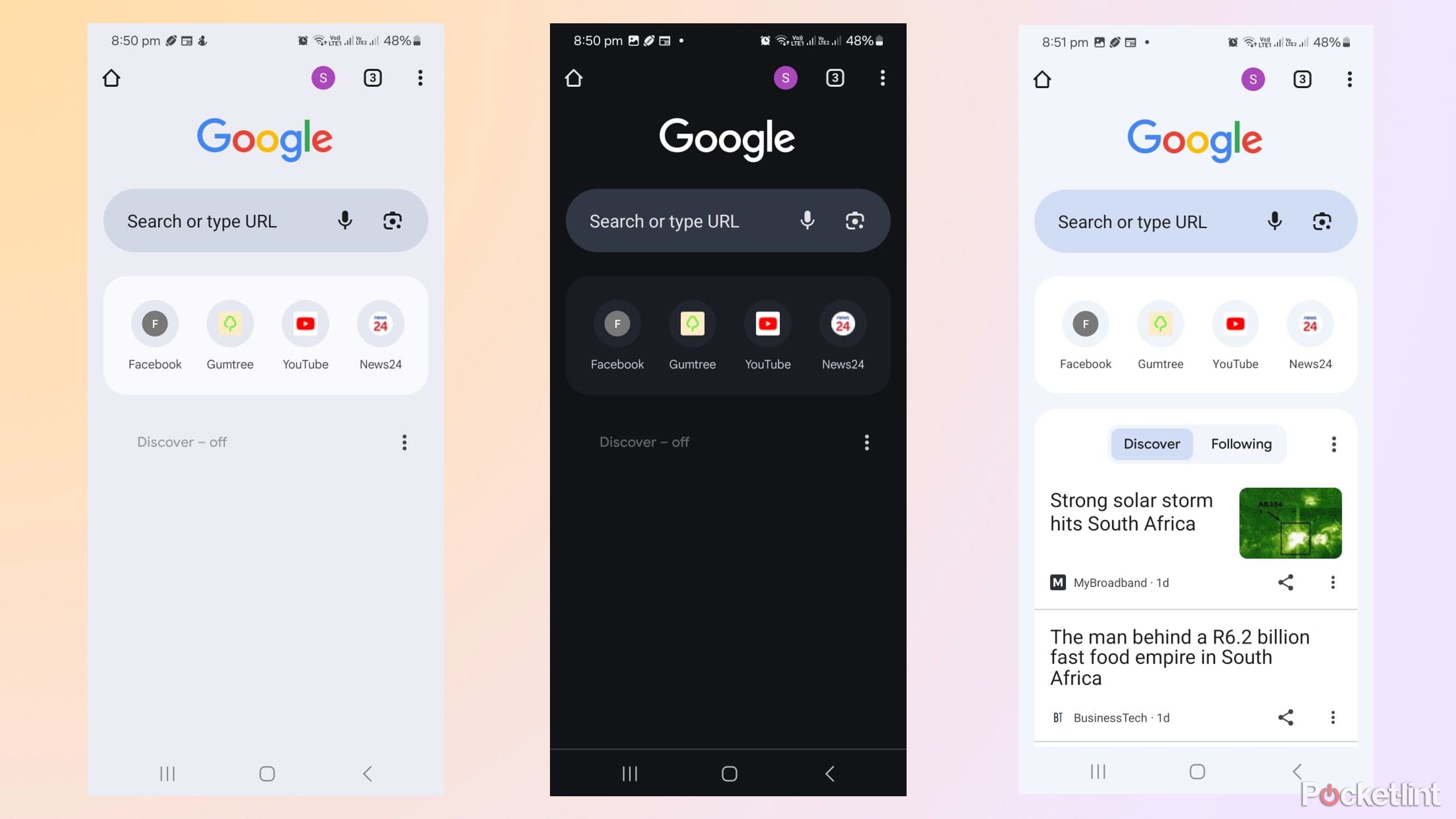
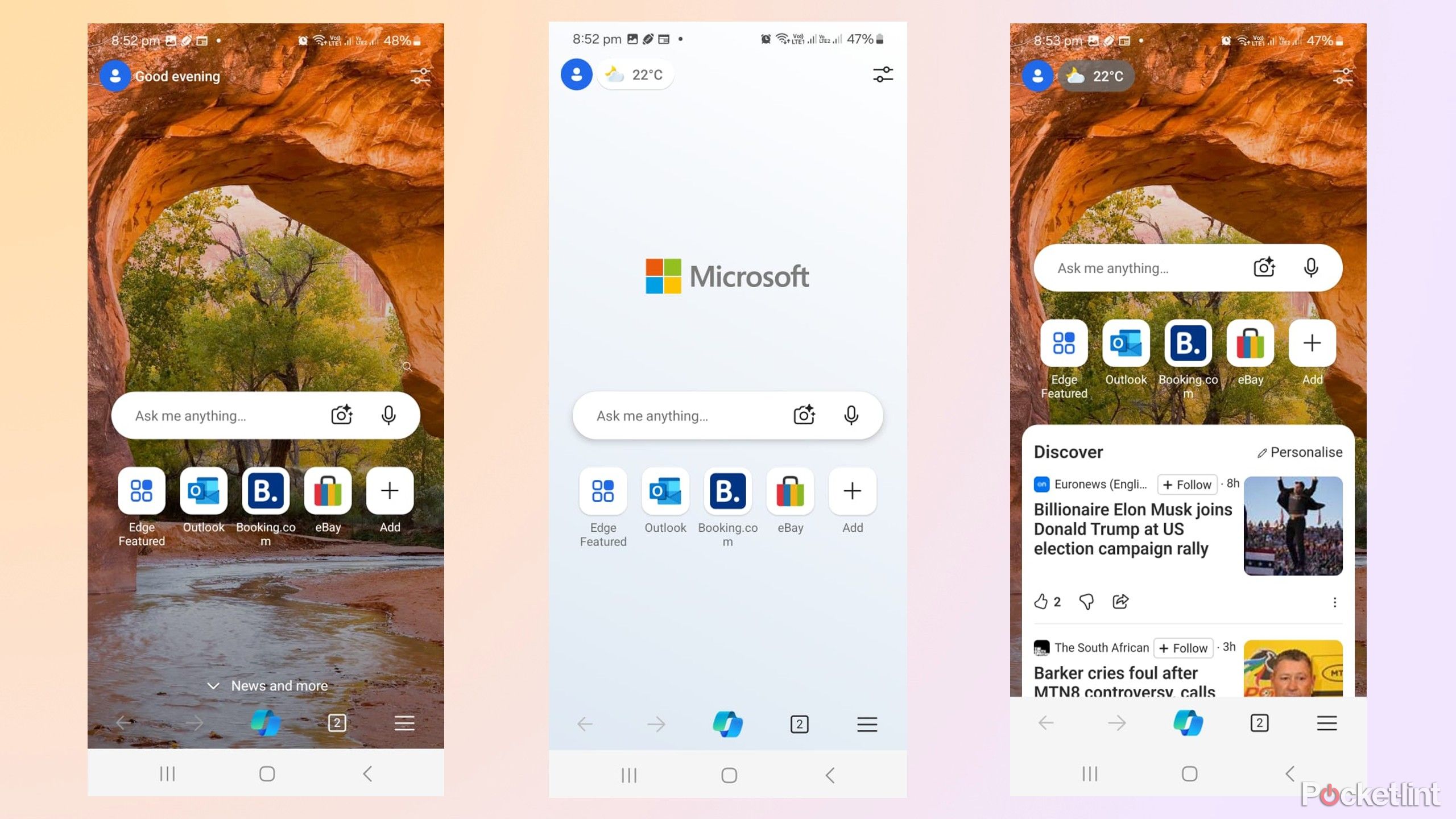
As an Android user, I take it for granted that my laptop and phone browsers are always in sync, allowing me to access my favorites, passwords, and other settings wherever I am. I also have easy control over what gets shared and limit my browsing history and open tabs from being displayed on the communal tablet at home.
Chrome sets the standard, and syncing becomes effortless after you’ve set it up for the first time. I love that everything works in the background without any user intervention, and it gives me one less thing to worry about in my day.
I often use Microsoft Edge on my laptop, but never thought of installing it on my phone until writing this article. Installation was a breeze because I have a Microsoft account. Importing my Chrome bookmarks and other settings was simple, too, and I had everything ready to use in Edge in no time.
Once it was up and running, I was pleasantly surprised when Edge seamlessly synced my phone and PC, and I had no issues accessing anything.
Both browsers sync well, and choosing the best one depends on which ecosystem you’re most invested in. Users with Windows accounts will enjoy using Edge on their mobile devices for quick access to Outlook and OneDrive. Android fans will probably stick to their preferred platform and use Chrome as their browser. I now use both after testing Edge, which has become a permanent fixture on my Galaxy phone despite Chrome getting more use.
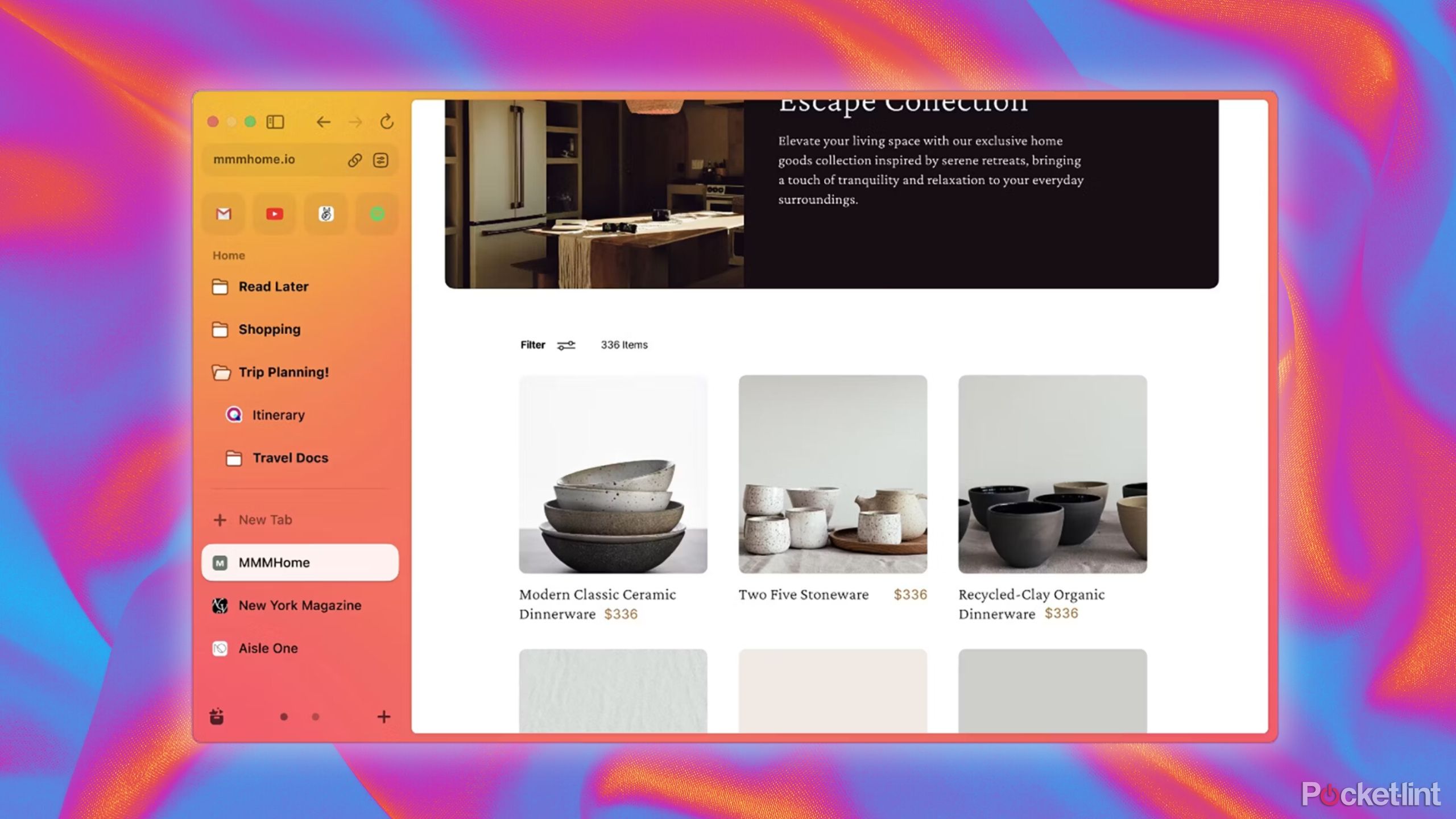
Related
I tried 7 Chrome alternatives to see which browser is the best
If you feel like Chrome is a vampire draining data from your computer, there are alternative browsers. I tried these 7 to see what was the best.
User Experience makes all the difference
Unique design philosophies to appeal to everyone
Chrome and Edge have vastly different design philosophies, and users win because they can choose what they prefer.
Edge has the search bar in the top center of the page and places the settings, extensions, and notifications in the top right corner, where everyone expects them. Most of the screen is taken up by the newsfeed, shortcuts, and widgets that completely block whatever background you set. This style is a double-edged sword that can be advantageous or disadvantageous, depending on how you look at it.
On the one hand, entertainment is built into your browser and widgets to save you from unnecessary searches and clicks. On the other hand, the busy display can be hard on the eyes, and you can easily get sidetracked into reading random sports gossip or archaeology news articles instead of working.
You can change things up in the settings menu with three preset feed layouts and a handy toggle to turn it off if you want a minimalist experience. Microsoft offers a decent wallpaper selection, but the single-color default themes are generic, so it’s probably better to download your own.
The Edge mobile app is more welcoming because the three-page layouts aren’t variations of the same, with the newsfeed moved around. Inspirational is my favorite because it cuts back on the shortcuts and hides the news to show off uplifting scenic wallpapers. Focused removes all articles and adds a plain white background to minimize distractions. Informational returns the wallpaper and adds articles to around half of the homepage. You can also upload images from your gallery as wallpapers and create custom layouts with simple sliders.
Chrome and Edge have vastly different design philosophies, and users win because they can choose what they prefer.
Google Chrome has a famously spartan appearance with a search bar and some shortcuts on a plain white background. The top right corner houses my account settings and Google services like Gmail, Docs, and Maps.
Pressing the Custom Chrome button on the bottom right opens a user-friendly menu to switch between Light and Dark Modes and add themes. You don’t get backgrounds like in Edge, but the themes include single-color defaults and exciting custom options like Cityscapes, Life, and images by emerging artists.
The mobile version of Chrome continues the uncluttered theme and white background, but links to trending stories replaced my shortcuts. I keep the Discover toggle off to prevent newsfeeds from invading my screen. Gone are the eye-catching themes of the desktop app, and in their place are the disappointing light and dark modes.
After trying both browsers, I still prefer Chrome’s simplicity and user-friendliness, even after minimizing the ads and extra content on Edge. The theme selection and customization options are also more exciting and essential for upgrading the standard white background.
Edge isn’t a bad browser in the slightest. It just requires more effort and is more suitable for people willing to spend time delving through settings to fine-tune the experience.
I felt the opposite with the mobile versions. I liked Edge more because of the quick-access profiles, and I was disappointed in Chrome for offering day and night modes only instead of fun themes.
Search Engines
Always find what you’re looking for
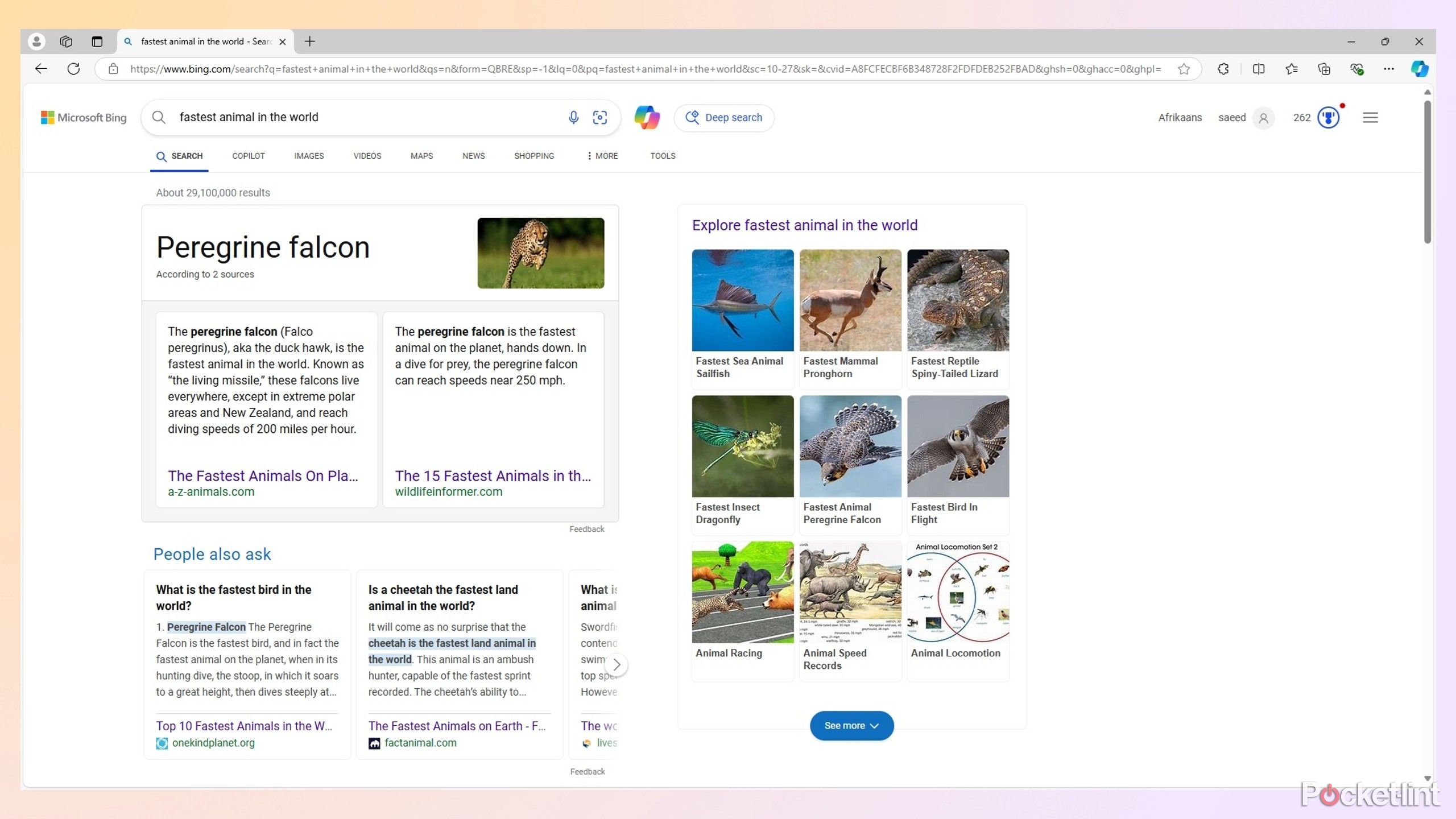
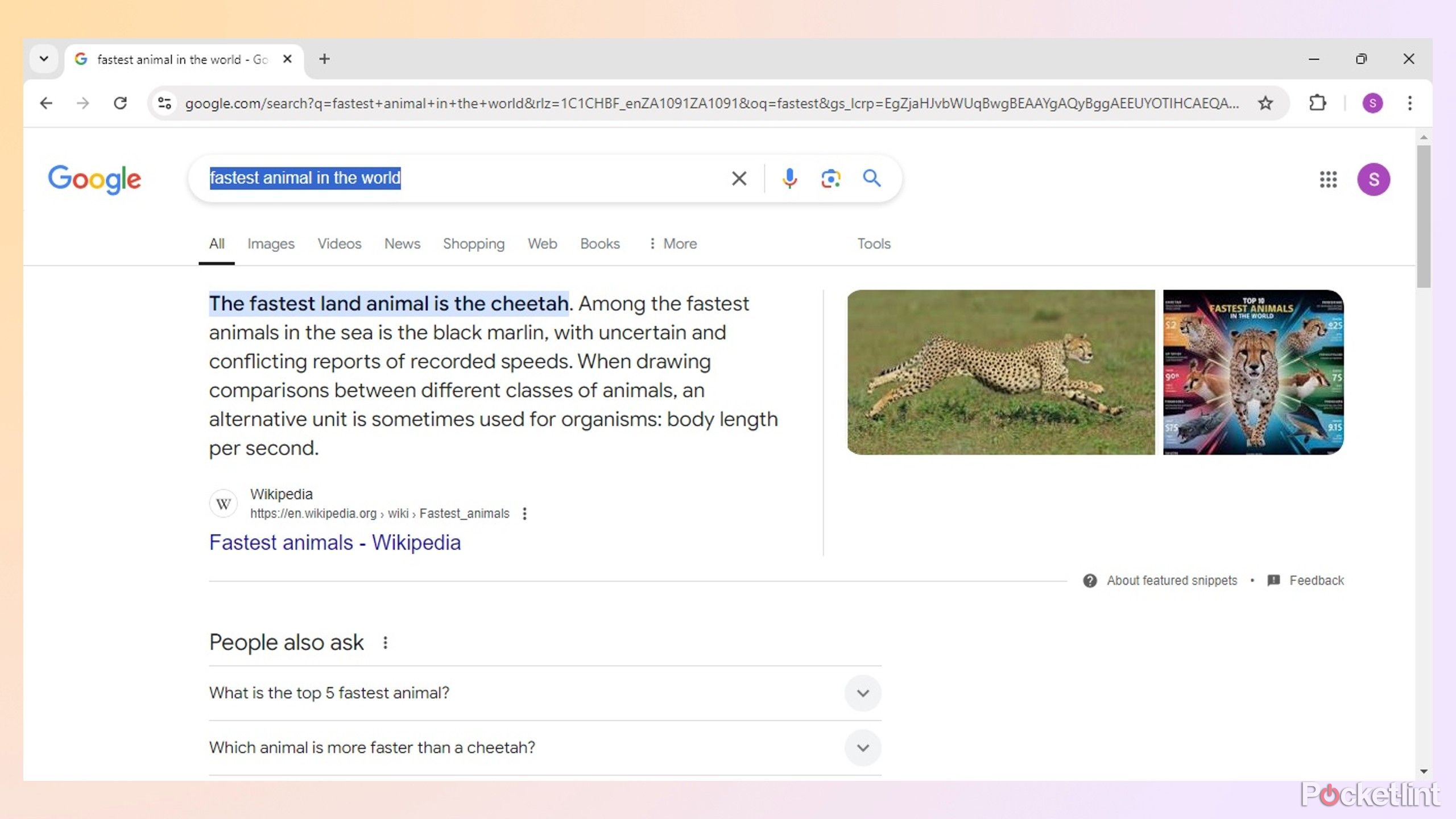
Microsoft Edge works on the Chromium Engine but still uses Bing as its search engine. Bing provides accurate searches but often gets different results from Chrome because it uses different algorithms. True to form, Edge fills your display with links to relevant videos, written articles, and other content related to your searches. I like it because it preempts my next searches and gives me access to all the related topics I might be interested in.
Chrome’s Google Search is the world’s favorite search engine, proving its credentials with speedy searches and finding relevant results. It generally displays what it thinks is the most relevant information at the top, followed by the “People also ask boxes,” and lists videos and news articles far lower on the page.
I have no problems using either competing search engines because they quickly find what I’m looking for. Chrome focuses on quality to display the most relevant info, while Edge focuses on quantity and displays multiple answers with related information. It may be because of a better indexing system or more optimized sites, but I feel that Google has a knack for finding exactly what I’m looking for compared to Edge. It’s a win either way because I’m bound to find what I’m looking for between the two sets of information.
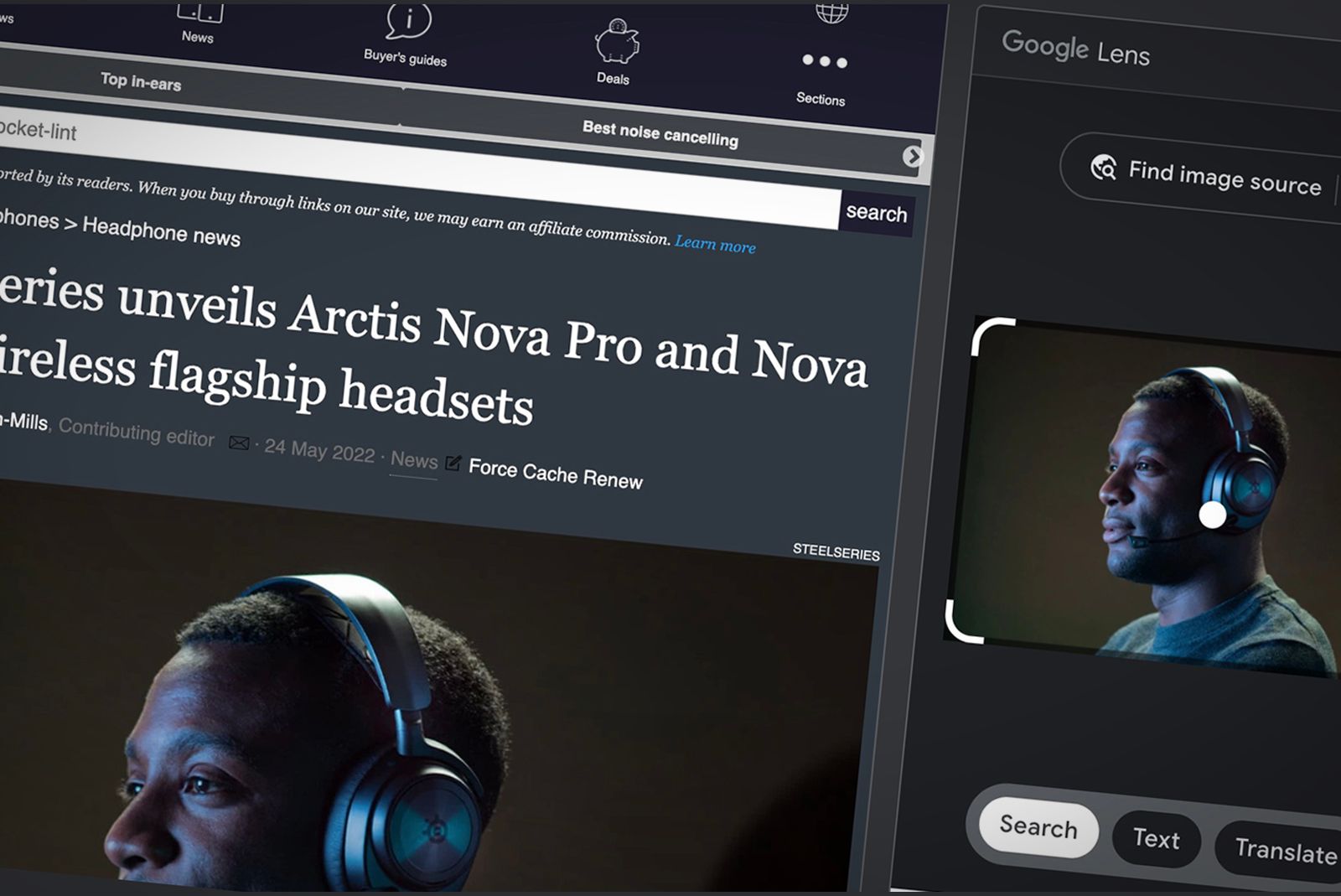
Related
How to use Google Lens in Chrome to search any image
Google Lens can give you useful information about images — and it’s accessible through the Chrome browser or via Google Search.
Get advice and generate images
Microsoft was the first AI tool to market, and its GPT4-based Copilot is heavily featured on its Edge mobile and desktop browsers. Copilot provides helpful tips and insights to help you choose your prompts and includes plugins to optimize it for searching for flights, making songs, and more. I like that it includes a built-in Dall-E3-powered image generator, negating the need for standalone options like Midjourney. It works well to generate prompts and recommends effects and other elements to spruce things up.
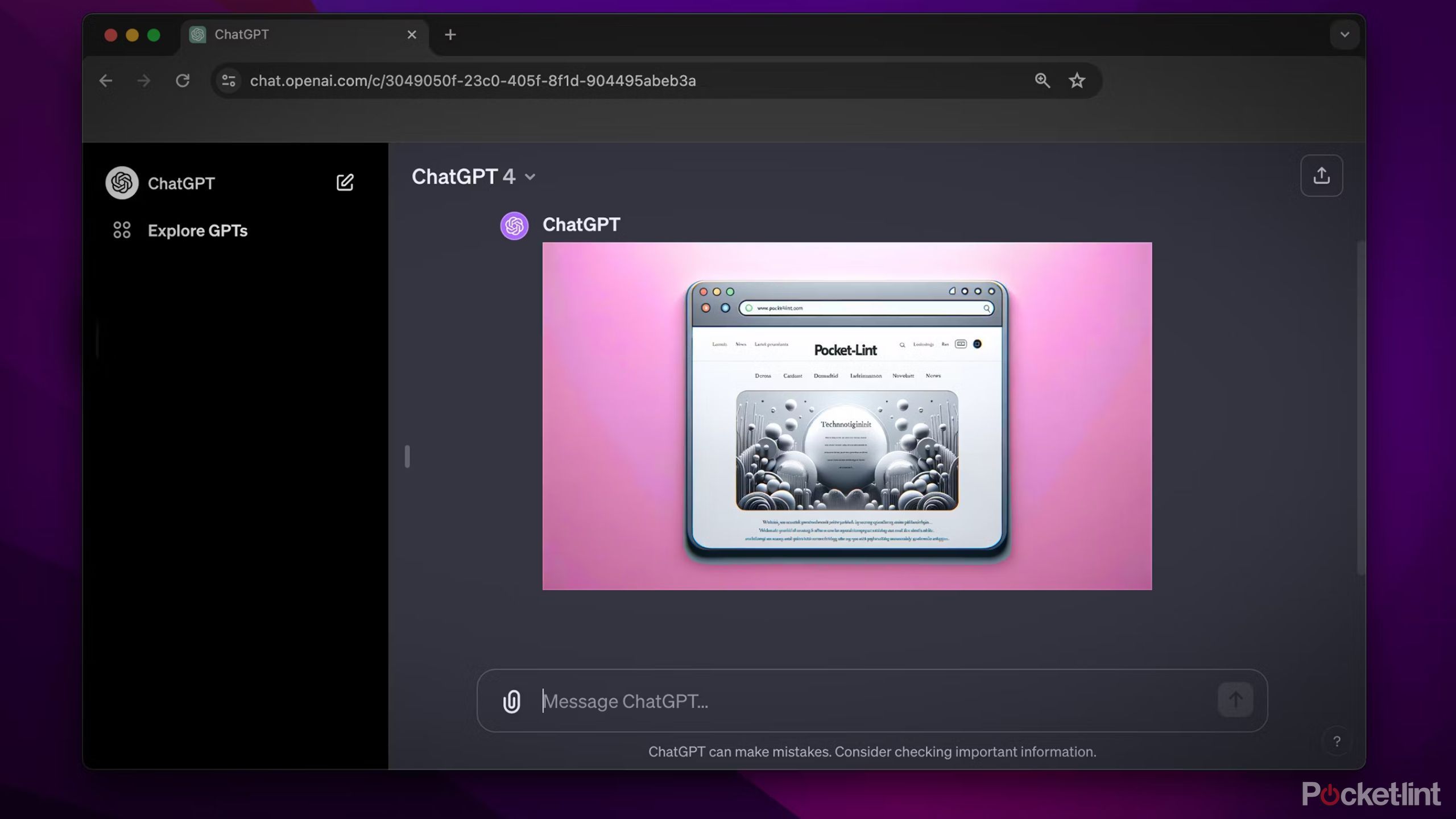
Related
7 AI image generators to try: DALL-E isn’t the only option
With the right AI image generator and a simple prompt, you can create anything.
Gemini is now part of the Chrome browser, but it’s tucked into the Google Apps menu instead of being featured on the homepage. Like Chrome, it has a more subdued interface offering the most relevant answers without adding extra links to related content. It offers search tips and tools on the Gem Manager page, like Brainstormer to find inspiration, and the Writing Editor to improve your spelling and grammar. Gemini also includes an image generator that creates decent pictures but doesn’t offer advice on improving your prompts.
When using the two AI tools, I felt Co-pilot was more polished and enjoyed trying its recommendations to compose pop songs or find the best ways to save money. Gemini has the same austere vibe as Chrome and focuses on providing correct information without extras. There wasn’t much difference between the AI image generators. Copilot did better with certain prompts, and Gemini did better with others.
Special Features
Handy tools to improve their capabilities
Edge is packed with nifty enthusiast features to elevate your browsing experience. The vertical tab setting moves open tabs to a window on the screen’s left, allowing more space in the center to display other content. There’s also a split-screen mode that can divide your display vertically or horizontally for easier multitasking. Collections is another great feature on Edge. It’s similar to bookmarks but allows you to add multiple content types, like videos, webpages, and Word documents, into a single location to organize information when you want to plan projects easily.
Chrome brings a different set of tools to the table. It has a built-in task manager to monitor performance and close unnecessary tabs. There are shortcuts to the translate feature and Google Lens to research webpage images.

Related
How to use Google Lens in Chrome to search any image
Google Lens can give you useful information about images — and it’s accessible through the Chrome browser or via Google Search.
I think Edge’s extra features are potentially more helpful than Chrome’s, but it comes down to user preference. Most people won’t bother with vertical tabs or split-screen mode, but many power users can’t do without them. In comparison, Chrome’s extras feel run-of-the-mill but fit the browser’s philosophy of getting things done with minimal fuss.
Safety and Privacy
Stay safe from online threats
Chrome offers a Safety Check feature to check your settings for potential issues. It also provides an Incognito mode for less tracking while you’re browsing, and an Enhanced protection mode that adds another layer of security against malicious sites.
Edge offers many of the same features with Basic, Balanced, and Strict settings to prevent tracking, and an In-private mode that replicates Chrome’s Incognito. It has slightly better tracking options to Chrome, but that’s about it.
Both browsers are built on the same engine and are susceptible to the same security risks. They offer malware protection and password managers but are known for collecting user browser data and personal information.
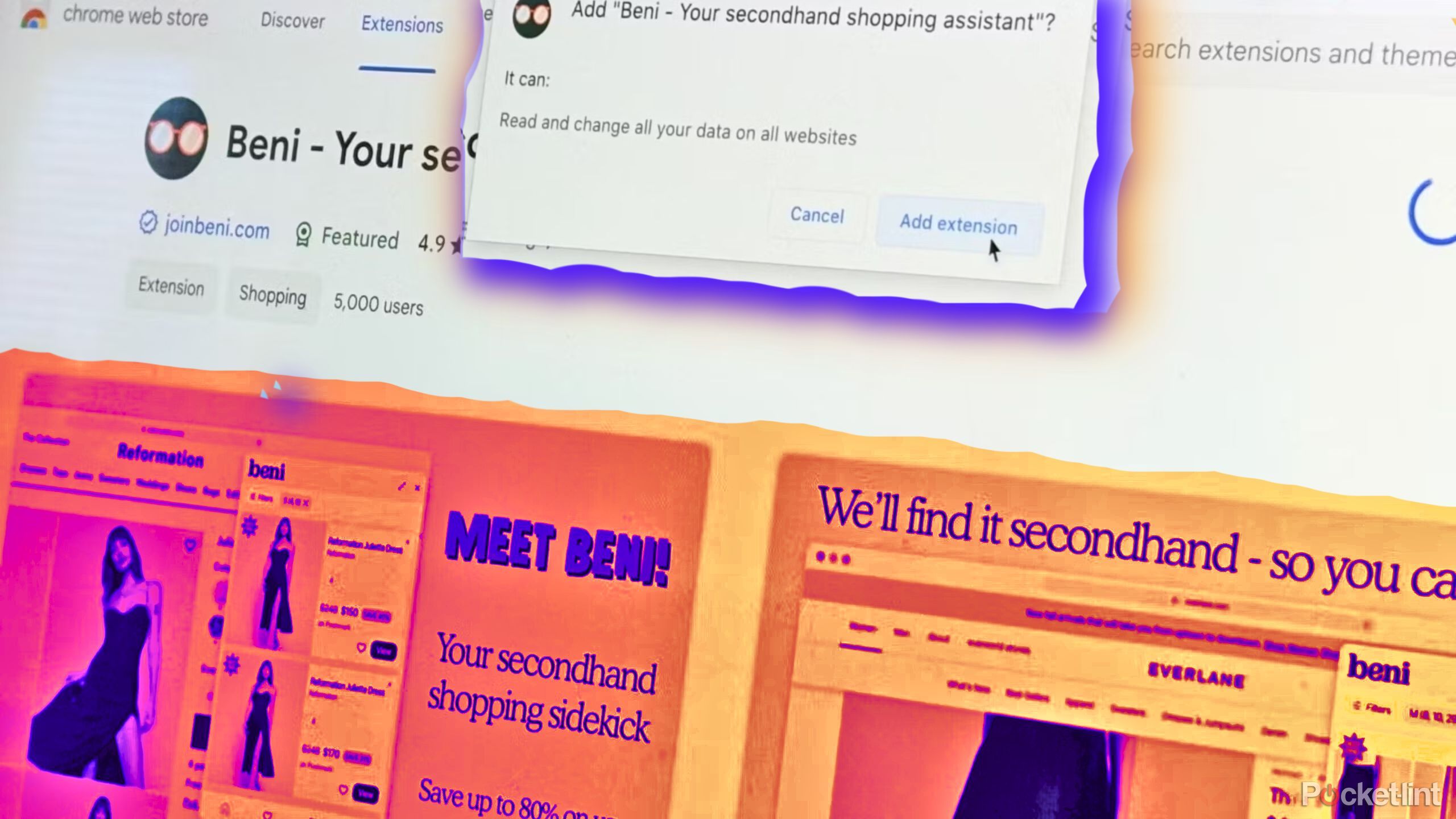
Related
How this browser extension is friendlier on my budget and the environment
Beni makes Window(s) shopping better, easier, more affordable, and more sustainable. Here’s how to use it this Earth Day.
Which Internet browser is best for you?
The final verdict
Chrome’s dominance faces no threat from Edge because it’s the perfect hassle-free daily driver. Everything works perfectly out of the box, and users can get the hang of the intuitive interface in no time. It’s the vanilla option for the masses who have busy lives and prefer a no-frills browser to get things done.
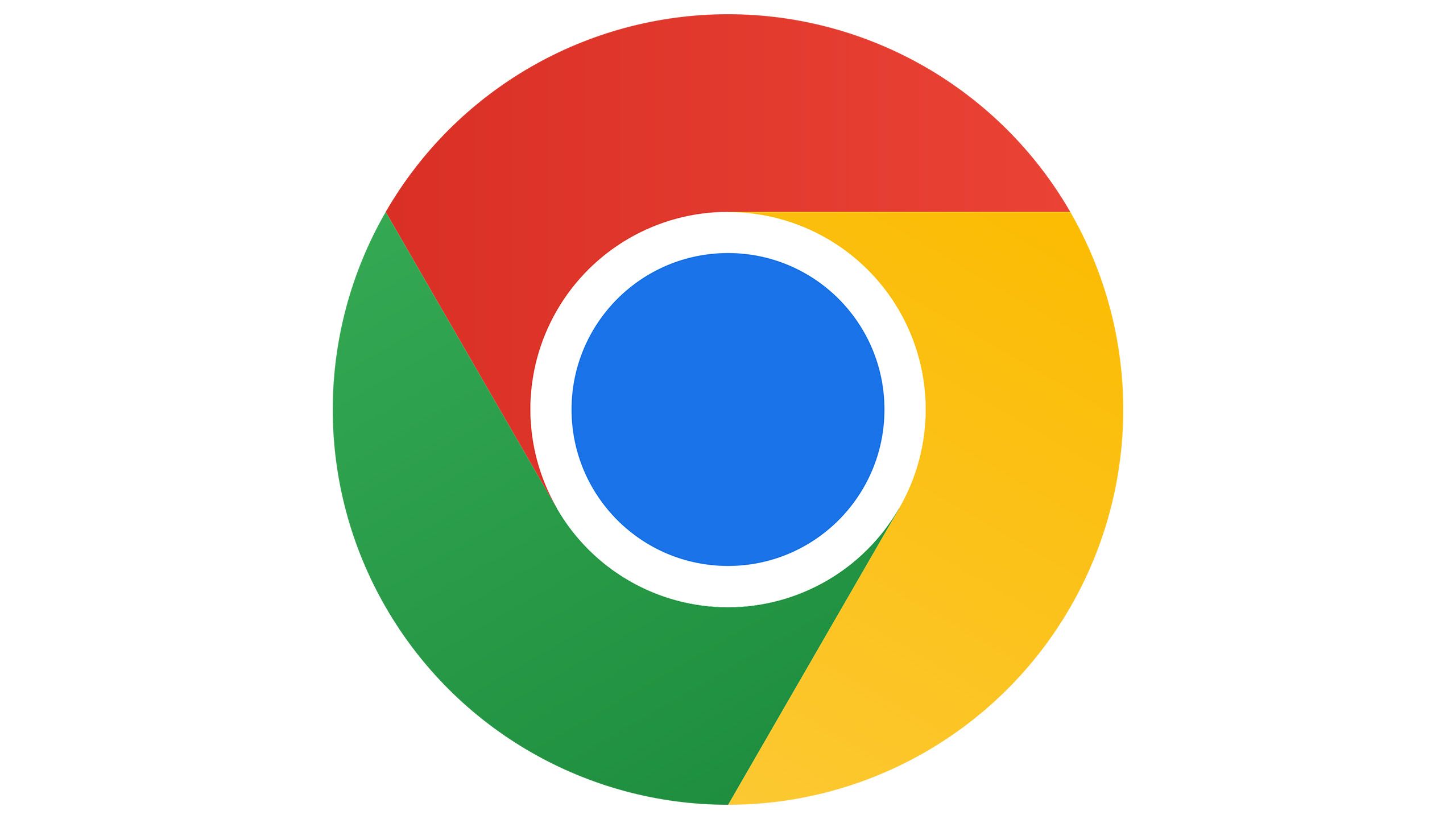
Google Chrome
Love it or hate it, Google Chrome is the biggest web browser in the world. The app features personalized news articles, quick links to your favourite sites, downloads, Google Search and more.
On the other hand, Edge is the better option for enthusiasts and power users because of its impressive personalization and functionality enhancements. It’s more complicated, but users willing to take the time to figure it out will be rewarded for their effort with a tailor-made experience that exceeds Chrome’s capabilities.
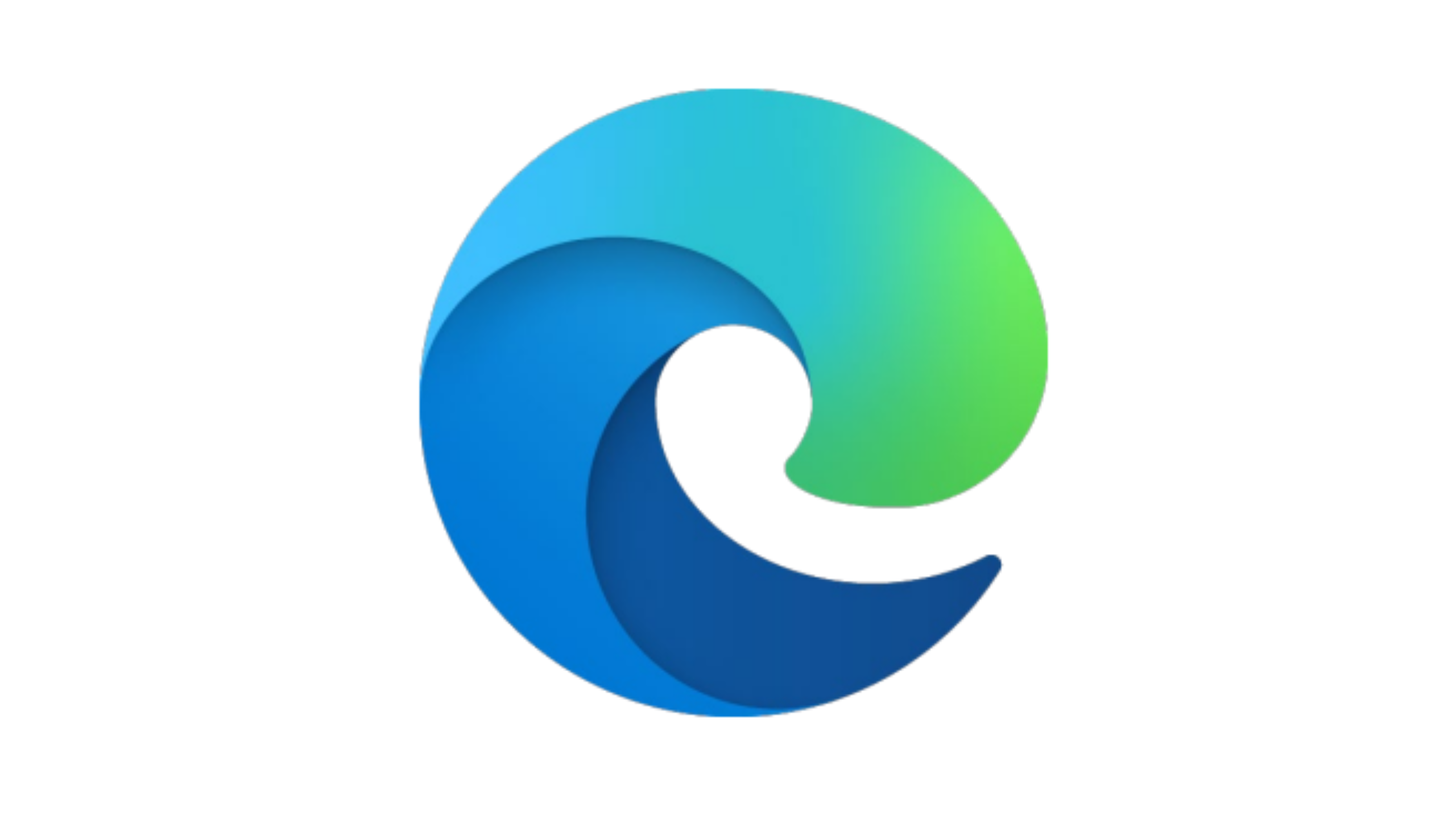
Microsoft Edge
Microsoft Edge is the preinstalled browser on Windows 11. It’s built on the same Chromium platform as Google Chrome and can use the same extensions.
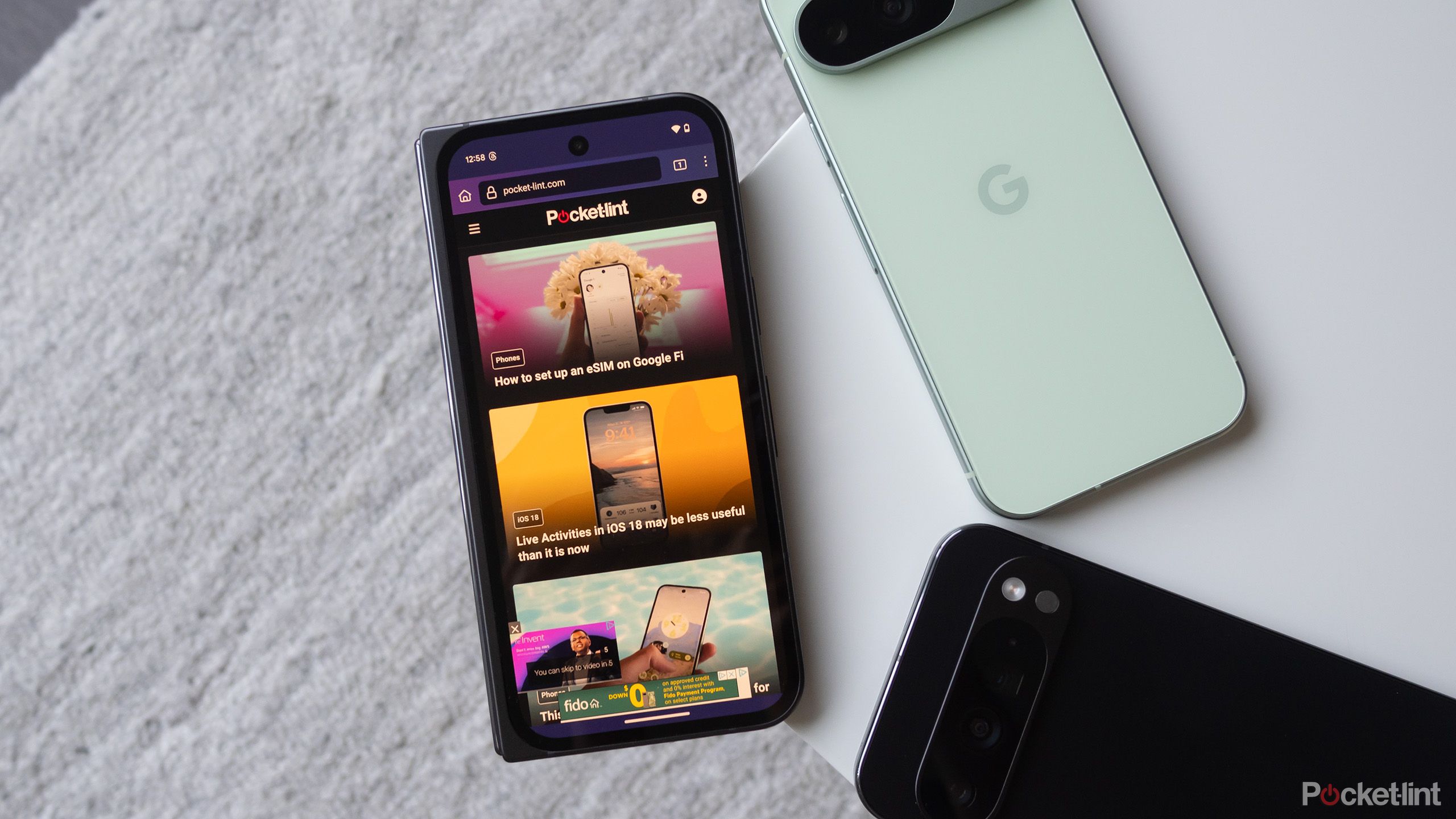
Related
How I block annoying notifications in Chrome for Android
You’ll need a Pixel phone for some features — at least for now.
Trending Products

Cooler Master MasterBox Q300L Micro-ATX Tower with Magnetic Design Dust Filter, Transparent Acrylic Side Panel, Adjustable I/O & Fully Ventilated Airflow, Black (MCB-Q300L-KANN-S00)

ASUS TUF Gaming GT301 ZAKU II Edition ATX mid-Tower Compact case with Tempered Glass Side Panel, Honeycomb Front Panel…

ASUS TUF Gaming GT501 Mid-Tower Computer Case for up to EATX Motherboards with USB 3.0 Front Panel Cases GT501/GRY/WITH Handle

be quiet! Pure Base 500DX ATX Mid Tower PC case | ARGB | 3 Pre-Installed Pure Wings 2 Fans | Tempered Glass Window | Black | BGW37

ASUS ROG Strix Helios GX601 White Edition RGB Mid-Tower Computer Case for ATX/EATX Motherboards with tempered glass, aluminum frame, GPU braces, 420mm radiator support and Aura Sync

CORSAIR 7000D AIRFLOW Full-Tower ATX PC Case â High-Airflow Front Panel â Spacious Interior â Easy Cable Management â 3x 140mm AirGuide Fans with PWM Repeater Included â Black









